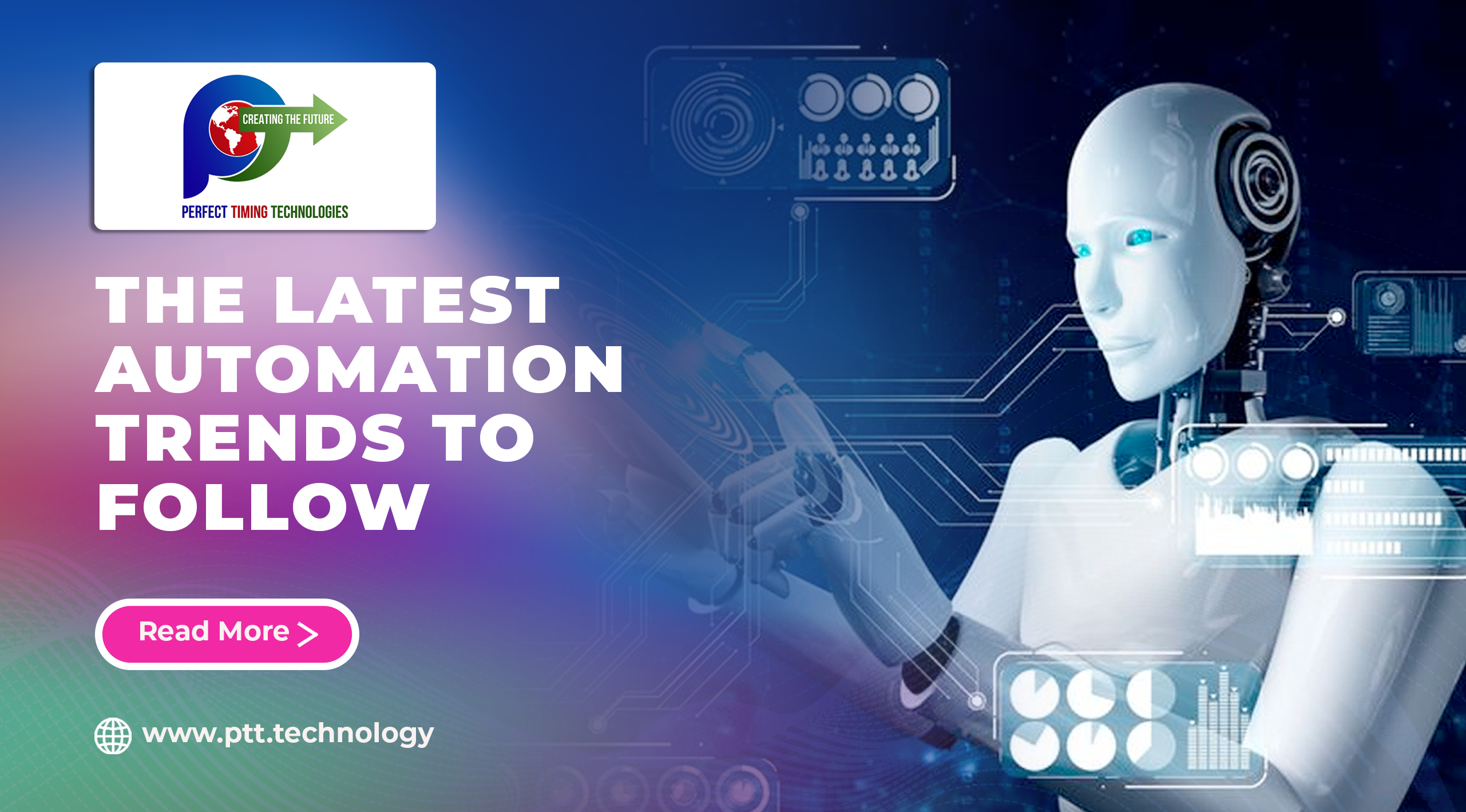
Implementing automation in your core business processes improves efficiency and collaboration and enhances adaptability. The third quarter of 2023 has brought many challenges to various organizations across industries. Disruptions in the supply chain and economic uncertainty have pressured businesses to make the most out of limited resources. Most organizations are either reducing their workforce or employees are quitting their jobs to secure a career somewhere else.
Organizations are adopting automation as a solution to address the current business challenges. This article will discuss the latest automation trends businesses must follow to gain profitable results.
Let us first define Automation technology.
Automation technology refers to using various control systems and software to automate different processes, tasks, and operations otherwise done manually. It involves deploying machines, robots, and other equipment to perform tasks that would otherwise require human intervention. Automation technology can help businesses increase efficiency, reduce errors, and save time and costs, making it an attractive solution for many organizations.
The Latest Automation Trends Businesses Must Follow
Given below are some of the latest automation trends businesses must consider to scale their operations.
Automation of the Core Business Processes: Many organizations tend to integrate automation technology into the core processes by automating one-off business processes. They use RPA (robotics process automation) for a single operation or various integration platforms to juxtapose several software applications or other automation techniques to implement automation in core business operations. So, businesses fail to understand how the current processes are intertwined and function holistically. Therefore, the improvement is not achieved even when automation technology is used across the organization. Automation can significantly improve focus on business processes by streamlining operations, reducing manual tasks, and increasing efficiency. It can optimize workflows by routing tasks and information to the right people at the right time. Automated processes are easily scalable to accommodate growth without a linear increase in labour costs. By handling tasks more efficiently, it allows employees to focus on more strategic tasks and projects that require critical thinking and problem-solving.
Automation Centre of Excellence: Establishing an Automation Center of Excellence can be instrumental in driving successful automation adoption within an organization. It ensures that automation efforts are strategic, well-coordinated, and aligned with the company’s overarching goals while fostering a culture of innovation and efficiency. An Automation CoE is a dedicated team or organizational unit responsible for developing, implementing, and overseeing automation initiatives within a company. The latest development in this field is the decentralized automation Center of excellence gaining popularity among large organizations. A decentralized approach can be more scalable as each unit can independently scale its automation efforts based on specific needs and priorities. Each departmental level can tailor its automation solutions to address its unique processes and challenges. This approach recognizes that not all automation needs are the same across the organization.
Using Automation to Improve Customer Experience: Automation can prove a powerful tool for improving customer experience in various ways. Automation can enhance the overall customer journey while making operations more efficient by streamlining processes, reducing manual tasks, and providing quicker and more accurate responses to customer inquiries. The automation technology can analyze customer data and behaviour to provide personalized recommendations, content, and communications. Implementing chatbots and virtual assistants on websites or through messaging apps allows customers to receive instant responses to common queries, improving response time and availability. Automated surveys and feedback collection mechanisms to gather customer input and insights can help you understand and address their needs and concerns. Using predictive analytics to anticipate customer needs, such as product recommendations, support requests, or inventory levels, can improve the customer experience by proactively addressing issues.
Conclusion
By keeping track of the above-mentioned automation trends, businesses can enhance customer satisfaction, increase operational efficiency, reduce costs, and gain a competitive advantage in the market.
However, it’s essential to balance automation with a human touch, especially personalized customer interactions or complex decision-making, whenever needed.
Let us know about your take on automation technology and what strategies have you implemented. For assistance on the same, call us today!







